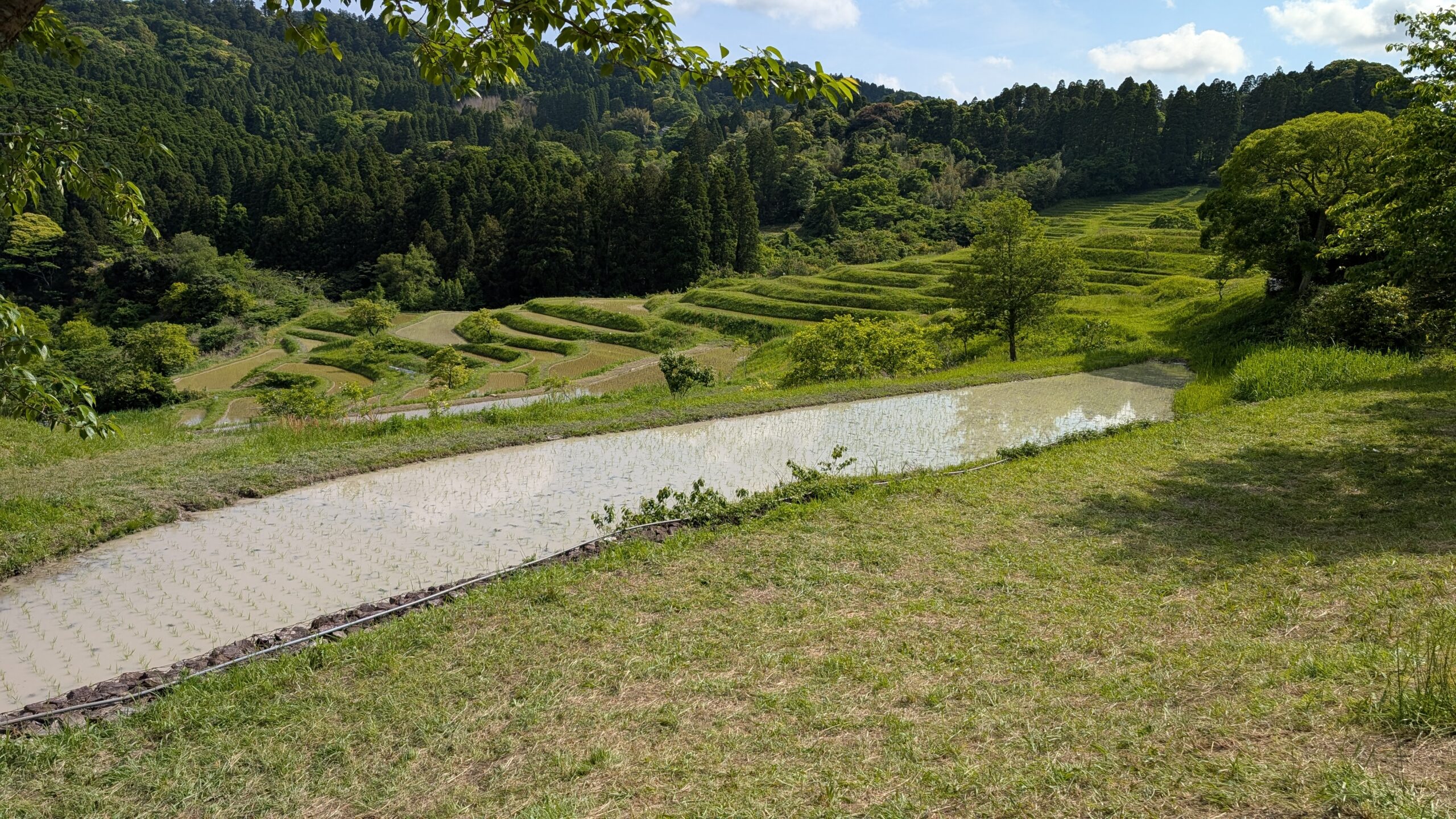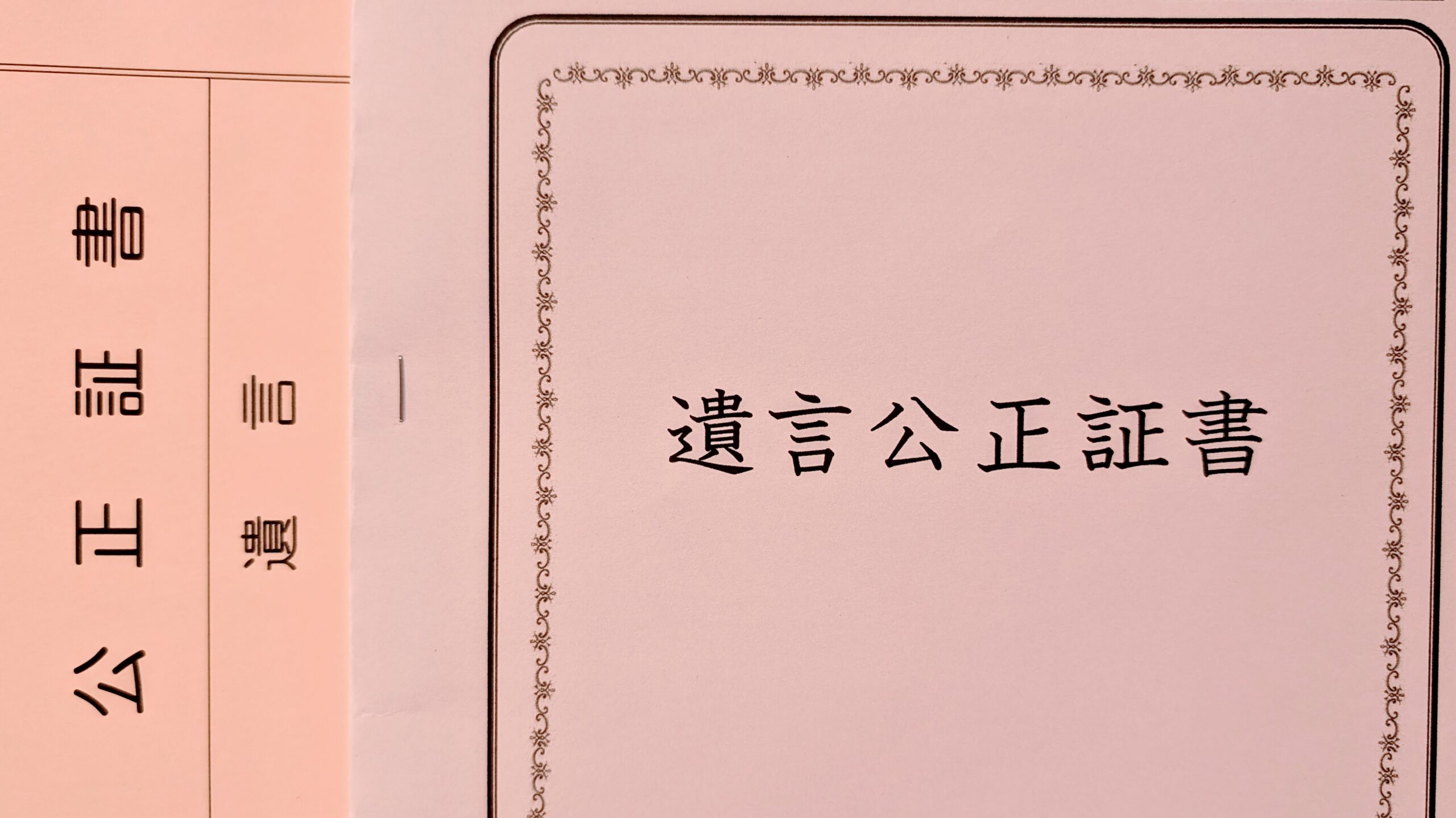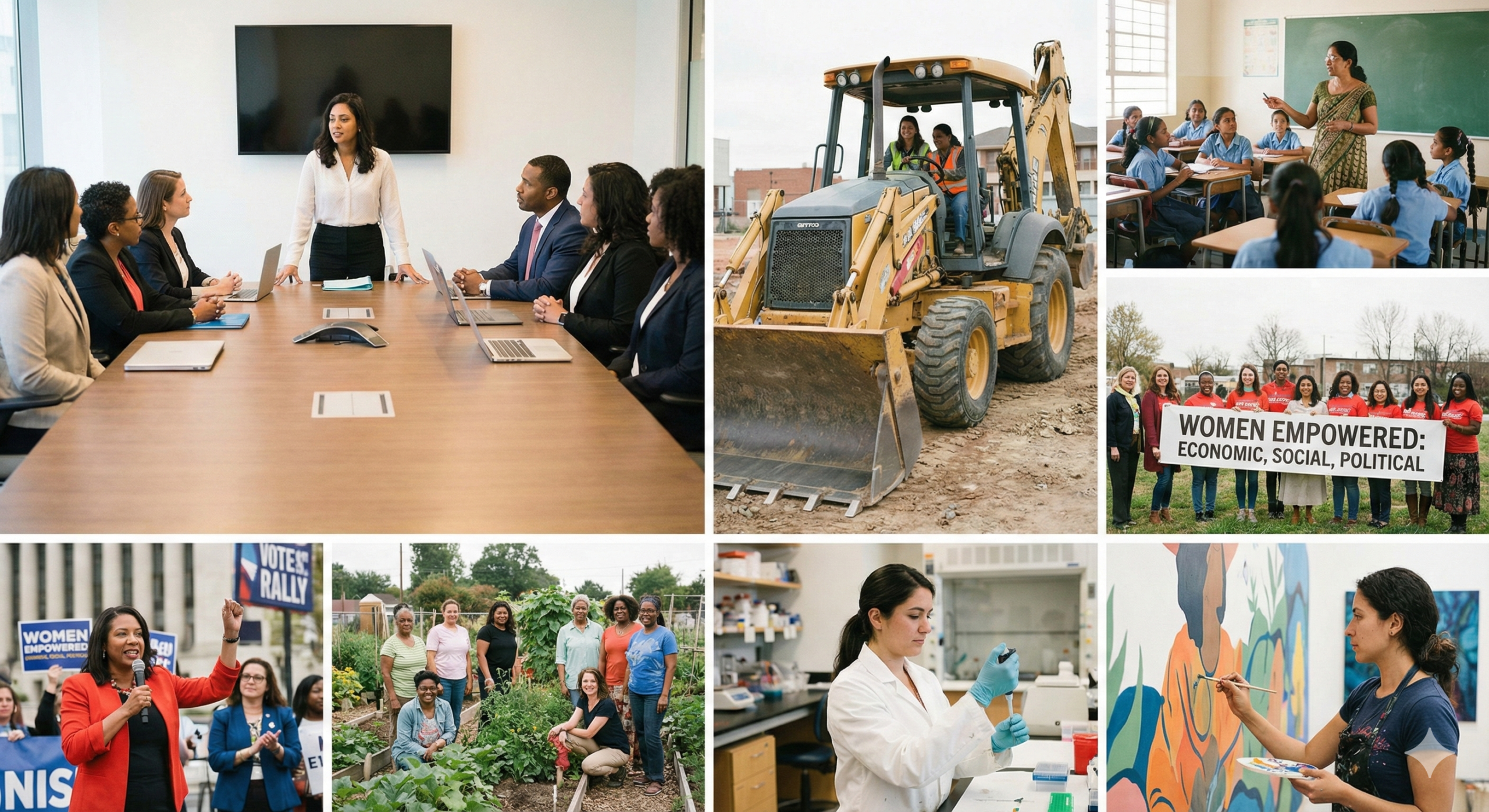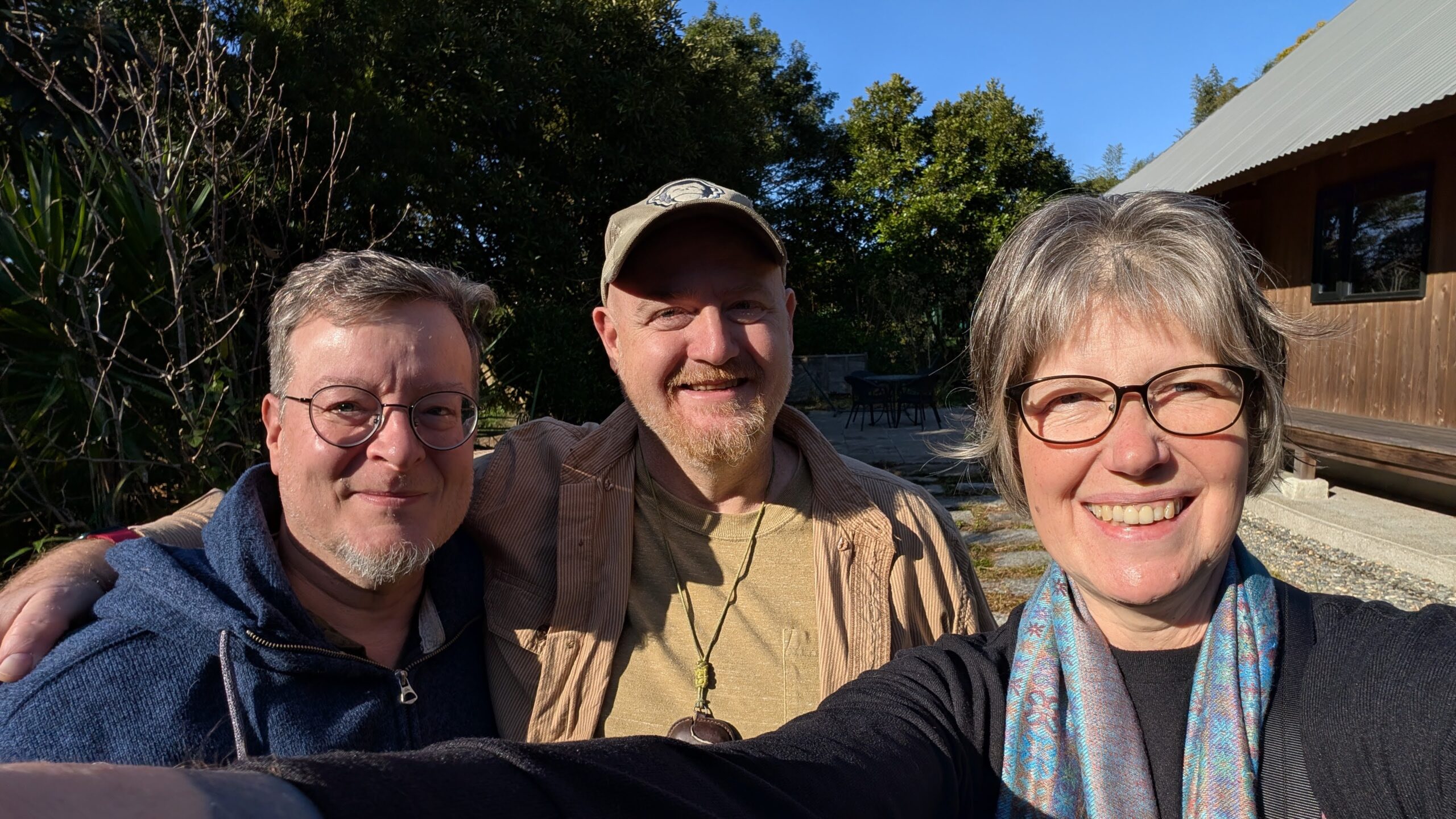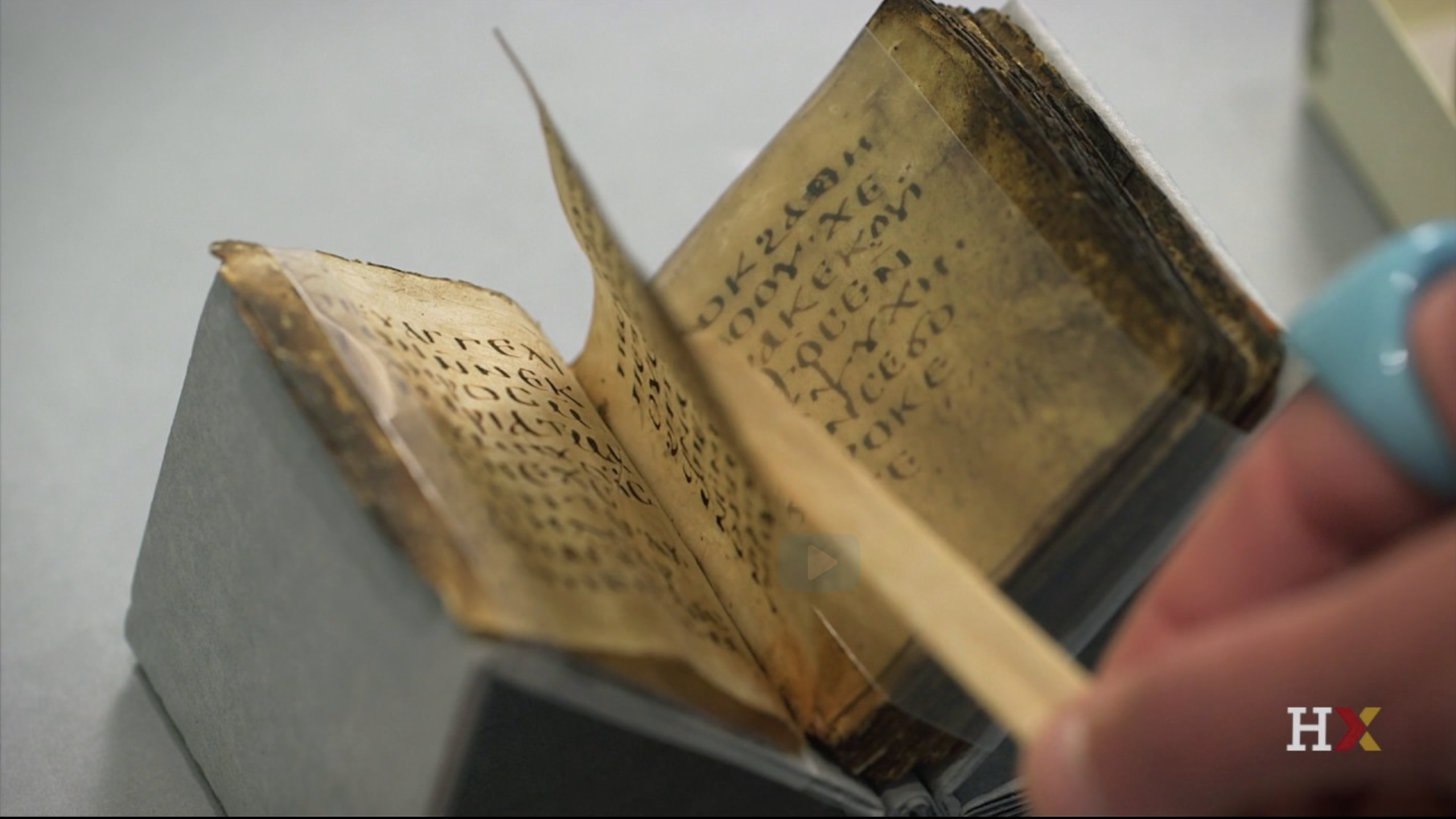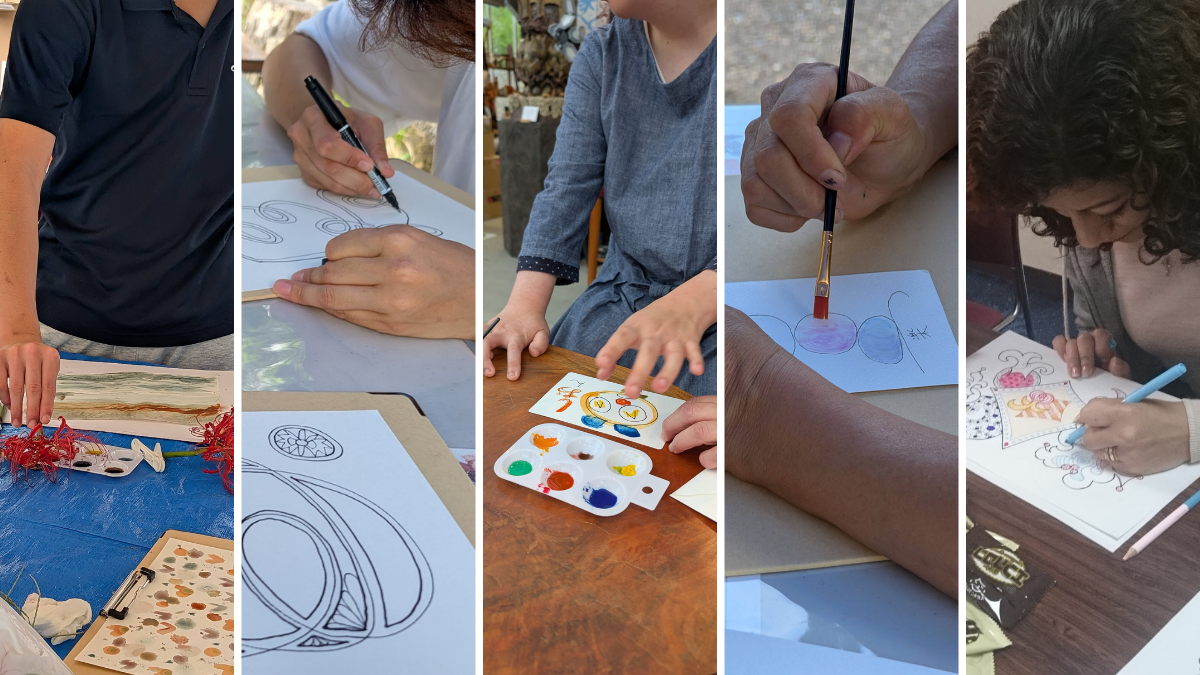We work with many schools at Oyama Senmaida – from kindergartens to universities. My last scheduled planting of the year was with a class of “year 2” junior high students. I think that equivalent to 8th grade in the US.
They are the worst.
There was much beloved English teacher in my junior high – Mrs. MacAfee – who absolutely refused to teach 8th graders. “All hormones, no brains,” she said. She wouldn’t even acknowledge us in the hallways. After meeting yesterday’s group of students in the fields, I can understand her stance.
We had to replant their entire field.

Instructions for planting are not too hard. Gently pull 3-5 rice seedlings from the larger chunk; insert them into the mud with two fingers. Plant at each point marked on the rope (15 cm apart) and when the people planting the row together have filled in all the spots, advance both ends of the rope using a bamboo stick cut to 30 cm. You end up with a nicely spaced grid of 30×15 cm plants that have enough room to grow.
There are a few gotchas that newbies might not realise, so we are careful to instruct them in the orientation: step over the earthen wall on the side of the field because cracking that with your weight makes the paddy leak; don’t step in front of the rope because it disrupts the mud and leave no place to plant the seedlings; use two fingers to place the seedlings so they aren’t in a large loose hole and go floating away.
Every school has a vibe.
I believe this particular school is clearly for future politicians. They bickered and screamed. They didn’t understand the instructions. They couldn’t count. The guide rope was barely a suggestion. They stirred the mud and threw it at one another. My voice and cautions went unheeded.
Despite my best efforts to guide in Japanese and English, it was a disaster. When my first group got out of the paddy, I made them turn around and look at their work. “What do you think, is this good?” “NO!” they shouted back. They knew they sucked. They didn’t care.
I was boiling with frustration.
By the time my second equally awful group exited, I was in the middle of the first mess trying to fix it. By the time all the kids were out, every staff member was in there, repairing the damage their groups had created.


It was challenging. There were almost no rows to follow and the center of the field was a swimming pool for seedlings. I pulled out bunches of 10-12 stems; seedlings planted with fists instead of fingers; clumps clustered a few centimeters apart. I was grateful that I recently measured the L span of my thumb and forefinger as exactly 15 cm. That was handy when trying to suss out where to put replacements.
Replanting became a moving meditation.
And by the time we finished, it looked a bit better. Hara-san pointed out that this particular field is the first one that visitors see when they get out of their cars and it’s highly photographed. I wonder if we’d told the kids it was our “Instagram rice paddy”, if they would have tried a little harder?
I have started to realise that the worst behaved schools have the longest ceremonies at the end. Everyone is thanked. There are multiple bows. Our side says something. Students get up to speak. More bows. A speech from the head teacher. Either they are trying to cover their bad behaviour with excessive politeness or this is the only time the teachers have control of the students sitting quietly in rows.
I’d prefer they’d just wave from their departing buses. Sayonara!
